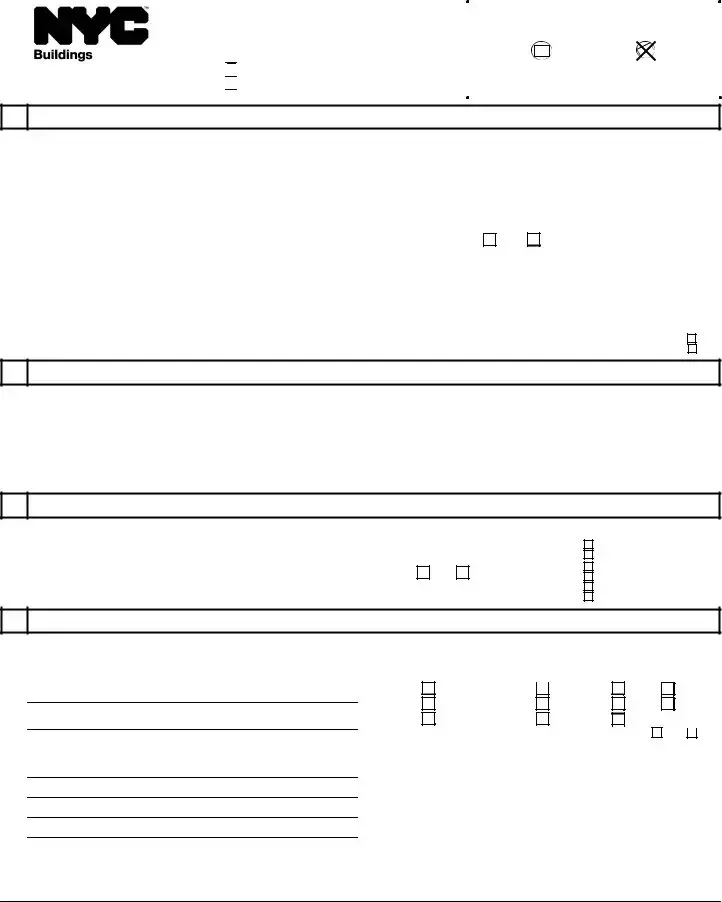The New York City PA1 form, a crucial document for anyone managing or operating a place of assembly, serves multiple important purposes, whether for new filings, changes to owner, lessee, or the name of an establishment, or modifications to layouts/use. Its primary function is to ensure that all places where people gather for various activities comply with the safety and zoning regulations set forth by the city. From indicating the location, including house number, street name, borough, and zoning details, to providing applicant information, the form covers all bases to certify the establishment meets legal requirements. The form also delves into specifics such as occupancy designations, cabaret numbers, and even details about the place of assembly space itself, ensuring each application is thoroughly vetted for compliance. Moreover, the inclusion of a section for filing representatives different from the applicant broadens its scope, making it adaptable for different filing scenarios. Importantly, the PA1 form mandates statements and signatures from both the applicant and the owner, underscoring the legalities involved, including the acknowledgment of penalties for falsification. This comprehensive approach ensures every angle is covered, from professional certifications to acknowledgment of legal responsibilities, making the PA1 form a cornerstone in the regulation and safe operation of assembly spaces across New York City.


 New Filing
New Filing Change to Owner/Lessee/Name of Estab. ONLY
Change to Owner/Lessee/Name of Estab. ONLY 
 Change to Layouts/Use and any other information
Change to Layouts/Use and any other information